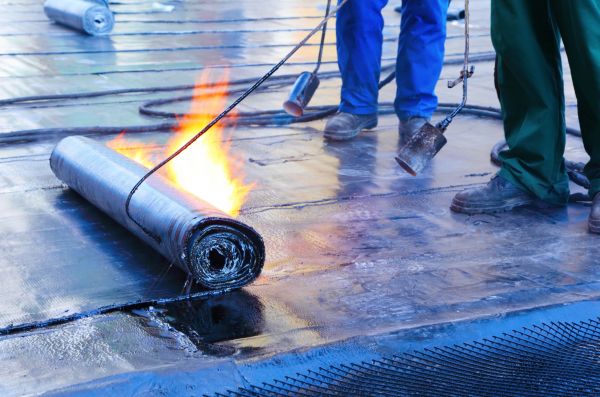Tar Roof Replacement
Connect with experienced local pros.
Tar roof replacement is a critical maintenance task for buildings with flat or low-slope roofs. Over time, tar roofs can experience wear and tear due to weather conditions, UV exposure, and aging materials, which can lead to leaks and compromised structural integrity. Replacing a tar roof ensures that the building remains protected from water damage, energy inefficiency, and potential safety hazards. It also enhances the overall lifespan of the roof, providing peace of mind and long-term cost savings. By investing in tar roof replacement, property owners can maintain the value and functionality of their buildings.
Benefits of Tar Roof Replacement
-
Enhanced Durability
A new tar roof provides robust protection against the elements. Modern materials and installation techniques ensure that the roof can withstand harsh weather, reducing the likelihood of leaks and damage. This durability translates to fewer repairs and maintenance issues over time. -
Improved Energy Efficiency
Replacing an old tar roof can improve a building's energy efficiency. New roofing materials often offer better insulation, reducing heat loss in the winter and keeping interiors cooler in the summer. This can lead to significant savings on heating and cooling costs. -
Increased Property Value
A newly replaced tar roof can enhance the aesthetic appeal and market value of a property. Prospective buyers and tenants often view a new roof as a sign of a well-maintained building, making it a more attractive investment. -
Safety and Compliance
Ensuring that a tar roof is up to date with current safety standards and building codes is crucial. A replacement can address any compliance issues and reduce the risk of accidents or liability concerns associated with an aging or damaged roof.
FAQs About Tar Roof Replacement
How often should a tar roof be replaced?
Typically, tar roofs should be replaced every 20 to 30 years, depending on environmental factors and maintenance practices.
What are the signs that a tar roof needs replacement?
Signs include persistent leaks, visible cracks, pooling water, and noticeable sagging or structural damage.
Can a tar roof be repaired instead of replaced?
While minor issues can be repaired, extensive damage or an aging roof often necessitates a full replacement to ensure long-term protection.
Is tar roof replacement a disruptive process?
Professional roofing services aim to minimize disruption during the replacement process, ensuring that the building remains functional and safe.
Fill out the contact form today to request Tar Roof Replacement and enjoy the benefits of enhanced durability, improved energy efficiency, increased property value, and safety compliance by getting professional Tar Roof Replacement.

